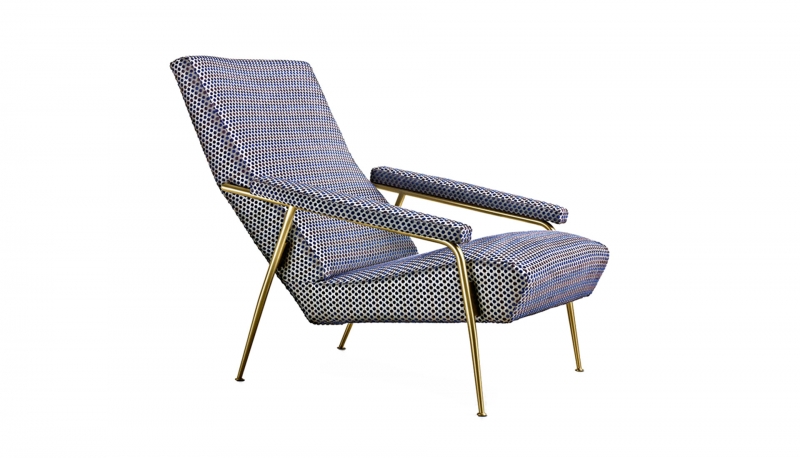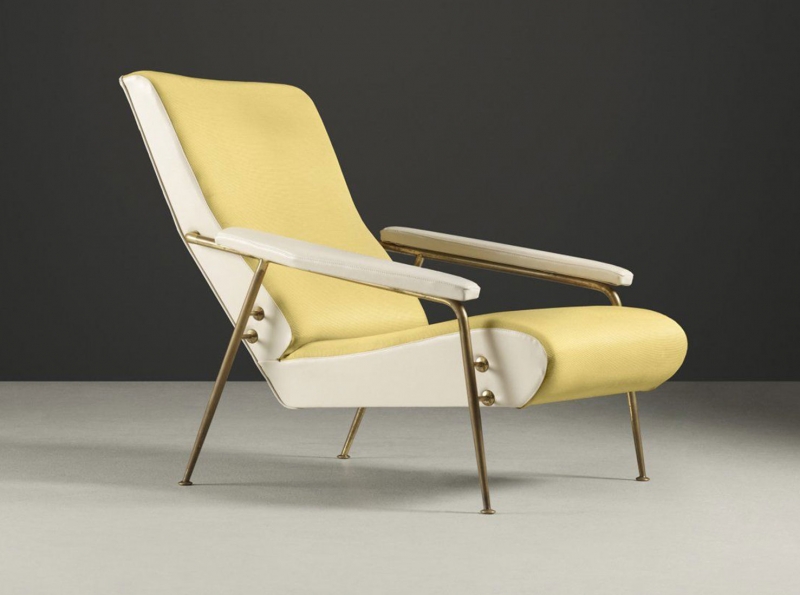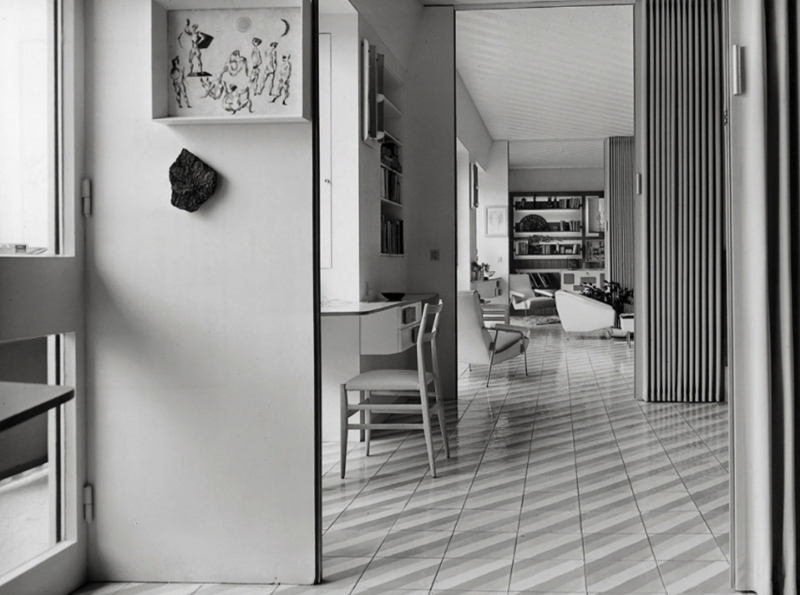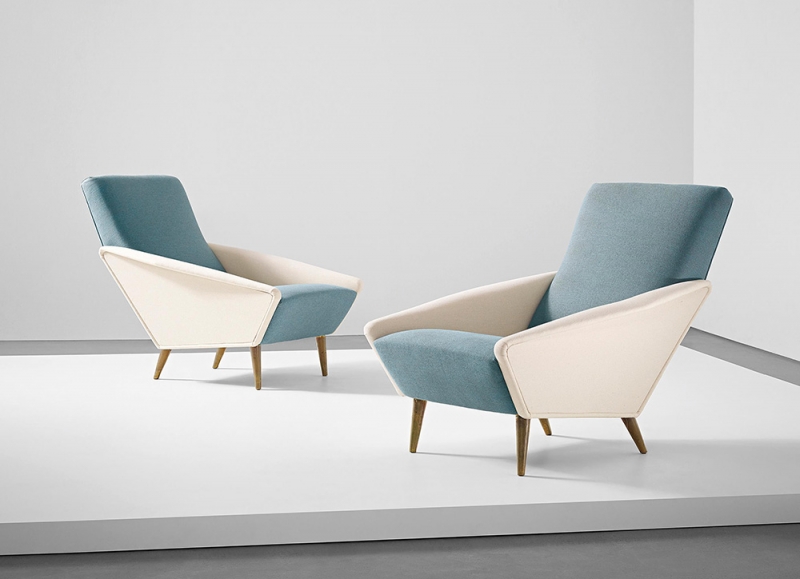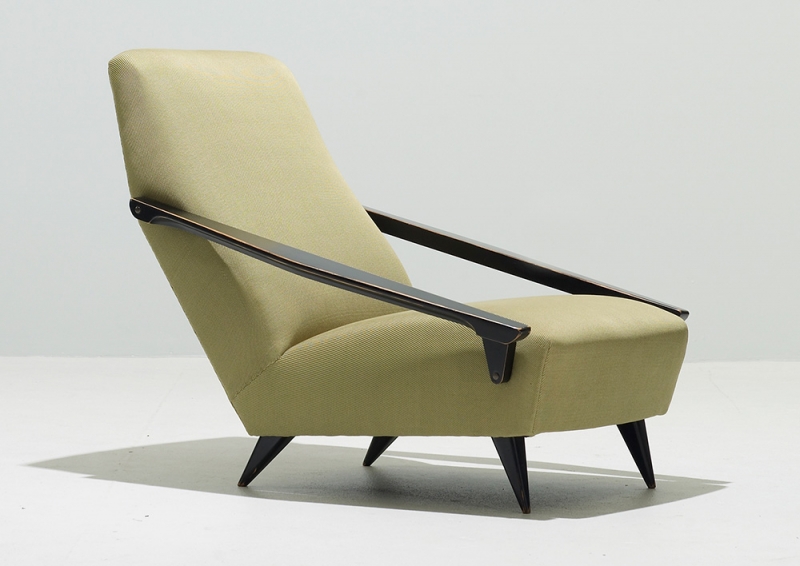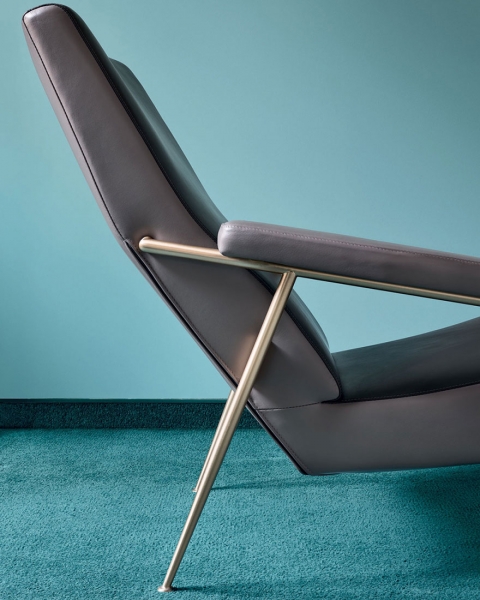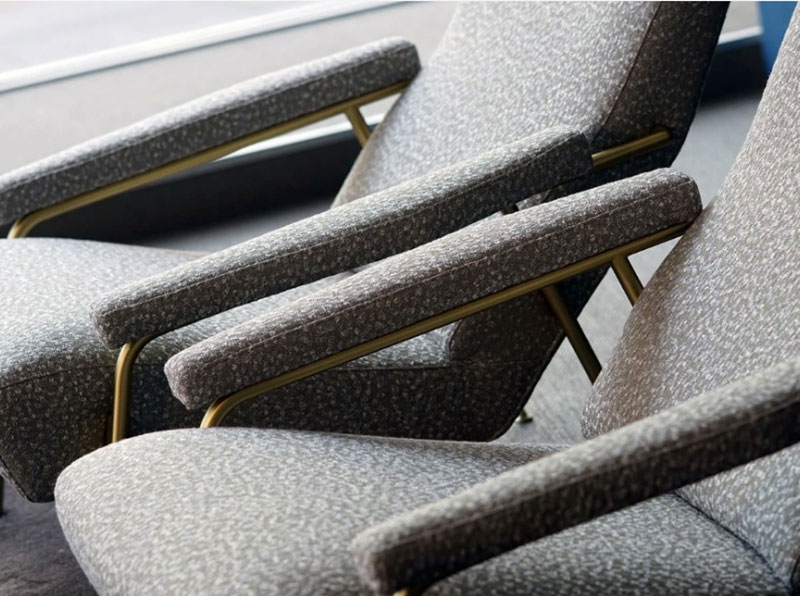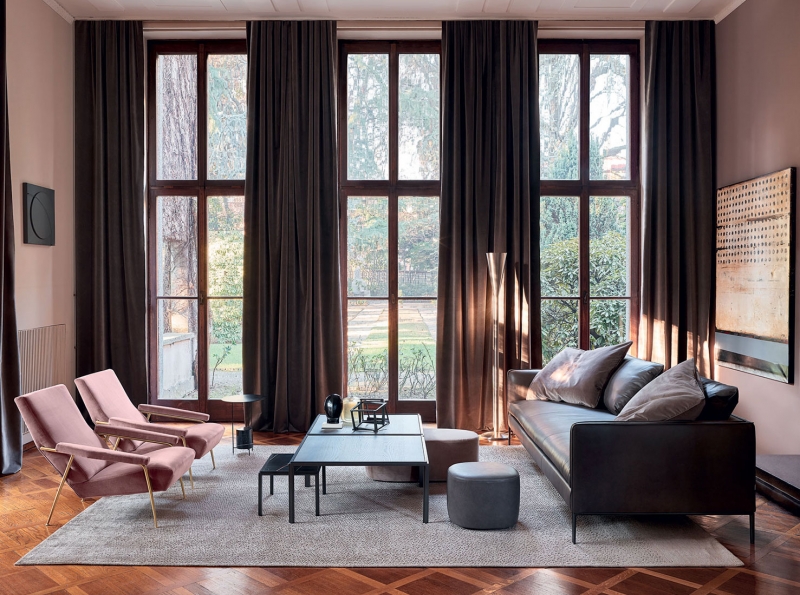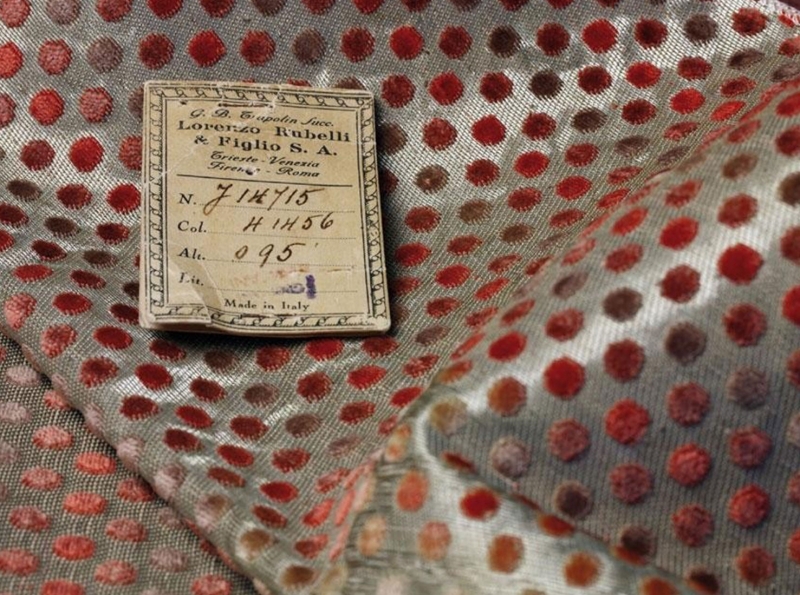Gio Ponti (18.11.1891 -16.09.1979) was a key figure in Italian architecture. He was a designer, essayist, editor, Creator of the cult magazine Domus. In addition to unmistakably recognizable architectural works, he created a huge amount of furniture. The Distex armchair, which has become one of the Central elements of the situation in the Ponti house on Via Dezza, was an expression of his design principles.
Extraordinarily fruitful work of gio Ponti is a symbol of a democratic, modern and exquisite Italian design. He not only shaped the visual language of the era, but was able to successfully export to the “new world”: the style of Italian modernism became the leading in Venezuela, USA and Hong Kong.
The chair (or Distex). Cassina, 1953
After the Second world war, Italy experienced an economic boom. And 1950-e years became Ponti stressful time. He was already an acknowledged master, and often spent time abroad. Participated in the design of several Italian ships (including the Andrea Doria and Giulio Cesare, 1950, Oceania, 1951). In 1952 he established the Agency with Antonio Fornaroli and Alberto Rosselli. A huge hangar, where their office, served as an architectural laboratory, exhibition space and venue for the presentation of new models. This space gave impetus to another wave of creativity Ponti — to the early 50s include the creation of many of his iconic pieces of furniture. In this garage he welcomed the guests and arranged the noisy gatherings of friends and their students.
Gio Ponti Ponti and Julia in their house on Via Dezza, 1957
© Gio Ponti Archive
Near the hangar, a block away in the street Dezza, Ponti built a nine-story apartment building. The house on Via Dezza, established in 1957, the most famous of the three (previous was located on the Via Rancaccio, 1925, on Via Brin, 1926). Ponti liked the comprehensive approach in everything he did and began to furnish their new home with all the passion. Widely known photograph of the interior of the house on Via Dezza, Ponti where sitting in a chair beside his wife Julia.
Gallery Ponti house on Via Dezza in Milan, built in 1957: the chair stood in the living room combined with dining area.
This is the model of Distex, which was launched in 1953. At that time the chair was released by the Cassina factory. The chair and his version with solid armrests have been presented to the public at the X Triennale in Milan in 1954. In ranking facilities this object is one of the ten most comfortable sunbeds in the world: Ponti was a master of ergonomics.
A sketch of the 1950s, where the right among of chairs — chair Pauly, the future of the Distex chair (or model D. 153.1)
As for the exact time of designing this model, most likely it refers to the early 50-ies. Interestingly, in those years, the famous architect appears several armchairs of similar shape and similar dynamics lines. They differ either by fastening the legs to the seat, or the shape of the armrests (some of them are integral with the legs and turn into the sidebar).
Pair of armchairs, model 807. Cassina. Sold at auction Phillips for 52500 f. article
In later versions the backrest is higher and the seat is made of wood. So, on the original sketch Ponti Dating from 1950, which shows three chairs that the name Pauly appears nothing like the model Distex. This sketch was sold at auction in 2018, 2.6 thousand.
Option Distex, 1953. Cassina. The chair sold at auction Wright for 13 $ 750. in 2011.
Chaise Distex 1953, was the prototype of another model Ponty, released in the year of his moving on Via Dezza in 1957. However, if the model Distex (or later D. 153.1) combine wood and metal, the chair 811, Ponty has actually made the transition from artisan furniture to the production of housing in the industrial scale. Ponti few years we have been hybridization between industrial production and complex, manually created aesthetic solutions in finishing and materials.
Limited edition D. 153.1 armchair, Molteni&C, 2012.
Chair many times reprinted in various upholsteries. One of the most iconic reissues refers to 2012. Then a limited edition collection, produced by Molteni & C using original drawings from the Ponti archives. Brass structure, cover in two-tone blue and white leather, or Punteggiato fabric designed by gio Ponti for the Venetian company Rubelli in 1934. The fabric reinterprets the age-old technique of velvet weaving, but the technique updated modern patterns: is a dense sequence of circular elements in a checkerboard pattern with different gradations of color. Later, in 2018 was shown and a collaboration with another famous textile company — chairs Ponti appeared in the upholstery Kvadrat for RAF Simons design.
Chair in upholstery design RAF Simons for Kvadrat, Molteni&C. 2018.
Olivier Gava, Director of the Paris Museum of Decorative Arts, where in 2018 there was a major retrospective gio Ponti said of the master: “gio Ponti was an absolute scholar. It was felt the spirit of the Italian Renaissance: and he was able to deliver him from Leonardo da Vinci to Ettore Sottsass. Ponti interested in absolutely everything, he could make a brilliant thing out of anything. He was going to make a movie, write him a script, create costumes and takin for them — but it just didn’t have time. Ponti was incredibly productive.”
Limited edition D. 153.1 armchair, Molteni, 2012.
Limited edition D. 153.1 armchair, Molteni, 2012.
Original Punteggiato fabric, created based on sketches by gio Ponti company Rubelli year in1934.

